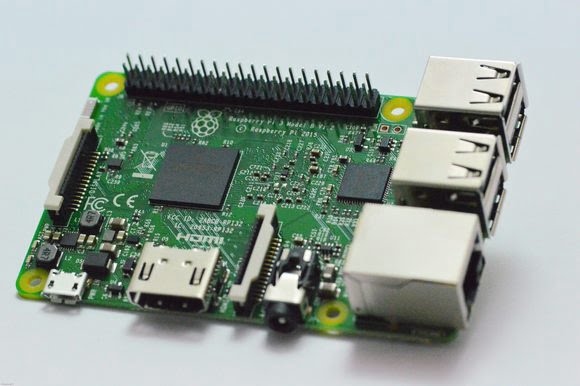
![]()
Google wants to bring smarts to cool gadgets and devices made using Raspberry Pi 3 or Intel’s Edison.
The company is chasing makers with open-source tools needed to add artificial intelligence to consumer, industrial, and retail devices made using board computers.
The plan may include machine-learning tools, which are central to AI. AI helps Apple’s Siri, Amazon’s Alexa, and Microsoft’s Cortana answer questions, and also helps self-driving cars cruise the streets safely.
“We don’t have any specifics to announce right now, but we’re excited to keep sharing open-source machine learning tools with the community—stay tuned for more this year,” a Google spokesman said in an email.
Earlier this week, Google published a market research survey in an effort to get a better grip on the maker community and its priorities. In the survey, Google hinted it was bringing “smart tools” to makers.
In a blog entry, Raspberry Pi said those machine-learning tools will come later this year and will make smart devices even more powerful.
Devices could get Google AI technologies like image and speech recognition. For example, a home-brewed robot or drone may be able to better recognize objects with Google’s tools, or be able to respond to queries. Google provides APIs (application programming interfaces) so the services can be tweaked in gadgets.
Google’s voice recognition is the company’s most visible AI technology. The Google Assistant is used in smartphones, tablets, TVs, and appliances like Google Home. But the technology hasn’t been fully explored in smart devices made using board computers like Raspberry Pi 3.
Providing a helping hand to makers could provide Google one more avenue to grow in the emerging internet-of-things market. According to analyst firm IHS, shipments of IoT devices will reach 30.7 billion by 2020 and 75.4 billion by 2025, outstripping smartphones and PCs.
The spread of Google’s AI tools to IoT devices could also help Google take on Amazon, whose Alexa voice assistant dominated CES this year. Alexa is being incorporated into cars, home appliances, and numerous gadgets.
Companies like Microsoft, Samsung, and Intel have also been chasing makers. Microsoft’s Windows 10 IoT Core is compatible with Raspberry Pi 3, and makers get access to analytics and machine-learning tools in the Azure cloud.
Samsung is providing its Artik Board users access to the Artik Cloud, through which makers can access to data analysis services and AI technologies. Artik Cloud also works with Raspberry Pi boards, Amazon Echo, Nest devices, and wearables like Fitbit trackers.
It’s possible Google could make the machine-learning framework called TensorFlow available to makers. The software could help devices learn based on patterns, input, and trends.
But boards don’t have much processing power, so the tools could push back decision-making to Google’s cloud, which has more powerful AI and data-analysis tools. For example, a robot may have limited image recognition technology and may instead consult the cloud when trying to identify an obstacle.
Some companies like Movidius—which is a part of Intel—have modified TensorFlow code to improve computer vision in robots and drones.
Google is also finalizing its IoT technology called Android Things, a lightweight version of the Android OS. The company hasn’t talked about AI technologies available in Android Things.
[Source:-PC World]
